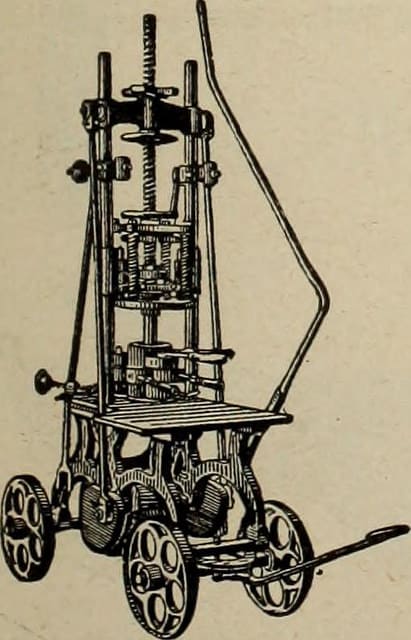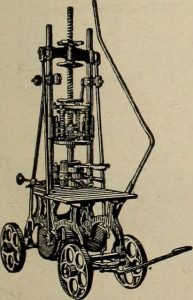
 4 Questions to Ask When Confronted with MTBF
4 Questions to Ask When Confronted with MTBF
MTBF comes up a bit too often. When it does I have found rolling my eyes and arguing against using MTBF is not very effective.
So, what should a knowing reliability professional do instead?
Let’s explore four questions that you can ask that may help others find the value in no longer talking about MTBF.
How long should the item last?
This often confuses someone using MTBF as many equate the MTBF value, say 50,000 hours, as a duration. So, asking about duration challenges this believe in what MTBF defines.
On occasion, I’ve run across folks that pair MTBF with a duration. Something like 50,000 hours MTBF over two years. While better, the question remains, how many units or what chance does a unit have is functioning as expected for how long. How many should last a month, a year, or ten years?
I tend to follow up this question with, “Do you want 99% to survive a year?”
My recommendation is to steer towards always using couplets of probability of success and duration.
Is there an acceptable (business or market based) failure rate over a duration?
Connect the reliability discussion to your business goals, profit margin, or customer acceptance in some way. Make the discussion of the reliability of your product or system real by connecting to your business or your customer’s objectives.
For products that offer a warranty or service contract, this translates to money quickly. Being able to connect reliability to money tends to elevate the discussion out of theatrical discussions to what is important in the given situation.
Of course, this discussion is best continued using a couplet of probability of success over a duration.
How will this item likely fail?
This question just starts the conversation about the changing nature of the probability of failure over time. If the likely failures tend to appear early in the use of a product that is quite different then a wear out mechanism. Both suggest a changing hazard rate over time.
When someone mentions MTBF they may be interested in how many failures may occur over some duration. They may also be interested in when and how those failures may occur.
When we talk about reliability we often, and often very quickly, focus on failure modes and mechanisms. It is with an understanding of what fails and how, that we can create estimates of future failure rates or take action to change the expected number of failures through design and process changes.
Asking questions that shift from MTBF to failure mechanisms often gets to what you should be talking about effectively.
How will maintaining this item change the chance of failure?
Sometimes this is obvious.
Replacing a brake pad on a vehicle allows the brake system to function at near new conditions thus extending the system life over time. Adding fuel, replacing lubricants, adjusting alignment, all have the effect of minimizing damage that may occur during normal use. Or, maintenance actions my replace damaged or worn items thus extending the life of the system.
If the chance of failure does not change, you may ask why would we do the maintenance task?
Again this focuses on failure mechanisms and how the material changes of a system alter the chance of failure. These changes in failure rates impact availability, dependability, uptime, or other aspects of the system which the organization deems important.
Shifting the discussion from MTBF, to failure mechanisms and changes in failure rate over time, or before/after maintenance tasks, shifts the focus on a topic MTBF alone is ill equipped to describe.
The Focus in on What’s Important
These four questions are only examples. The idea is to ask clarifying questions when confronted with MTBF. What is it they really want to talk about here?
Changing the language we use to discuss reliability from MTBF to reliability elevates the discussion to one all parties understand. It also allows us to focus on what is important to the business or customer directly.
The next time someone mentions MTBF – ask a question to two to determine what they really mean. Use the comments box below to add your favorite questions.
Leave a Reply